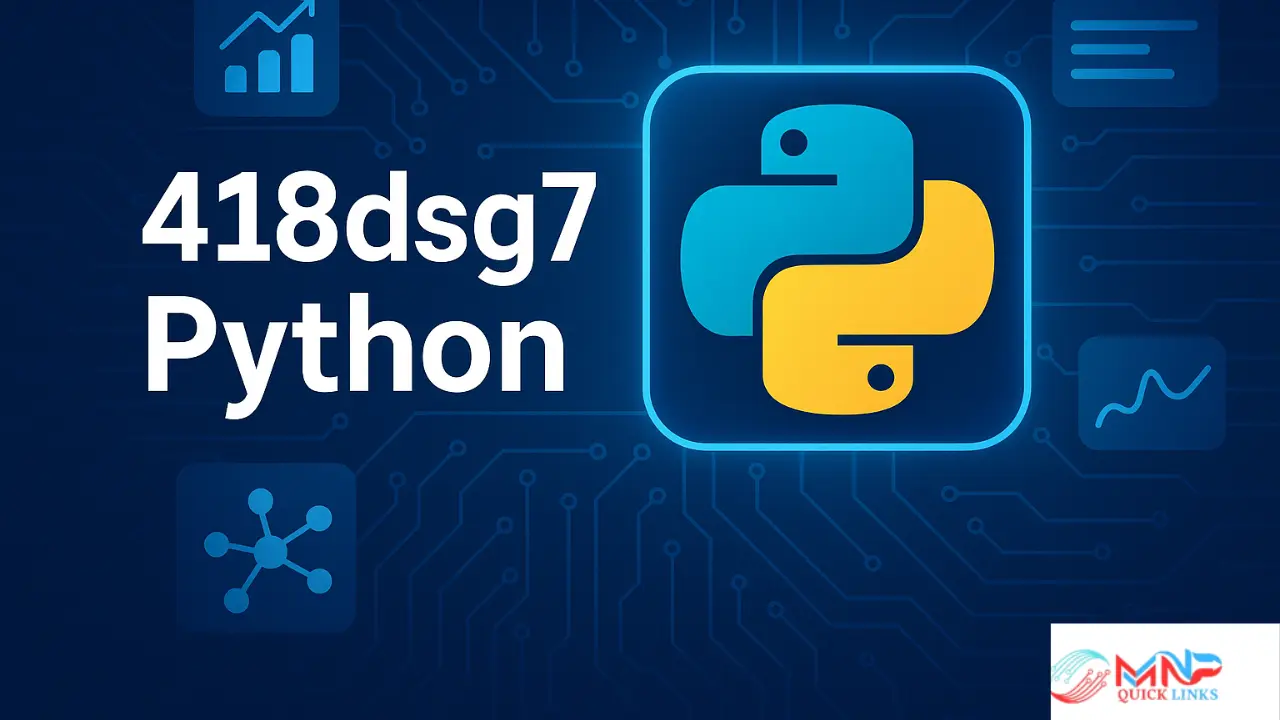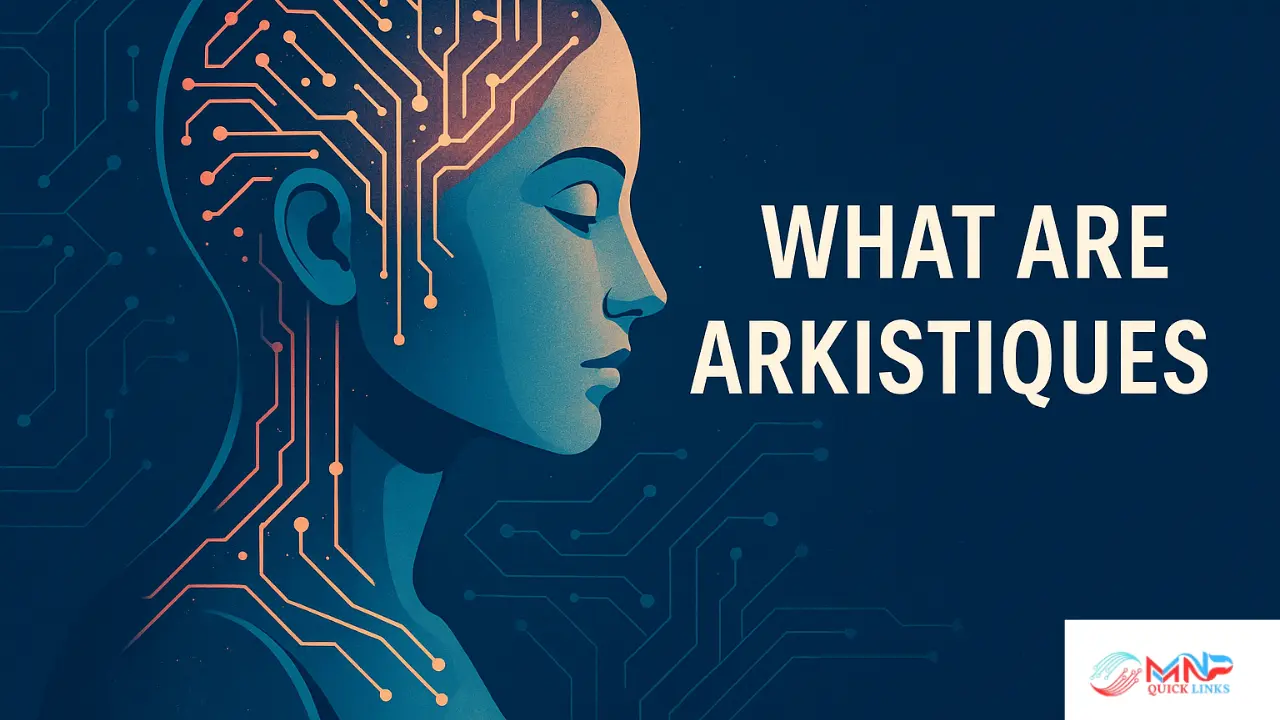In the rapidly growing world of data science and software development, working with complex datasets is more crucial than ever. That’s where keyword tools like 418dsg7 Python come into play. Designed with modern development in mind, this framework handles graph processing, advanced data structures, and real-time analytics with efficiency and reliability.
If you’re a developer, data engineer, or tech enthusiast exploring robust solutions for graph-based systems, understanding how 418dsg7 Python works and why it’s essential can set you apart. This guide offers everything you need to know about its capabilities, performance strategies, system requirements, and integration possibilities—and yes, it’s optimized for Google NLP and SEO.
What Is 418dsg7 Python?
418dsg7 Python is a high-performance module crafted for efficient graph processing and large-scale data management. Built for real-time applications, it supports directed acyclic graphs with millions of nodes, all while maintaining fast response times and low memory consumption.
This tool is especially useful for applications like:
- Social network analysis
- Road and route mapping
- Knowledge graphs
- AI pattern detection
- Data flow systems
Core Features
Let’s explore some of the standout features that make 418dsg7 Python a must-have:
Graph Processing Engine
The foundation of 418dsg7 Python lies in its ability to handle massive graph structures. It supports advanced graph traversal algorithms, node weighting, and dynamic edge updates with minimal latency.
Seamless API Integration
With support for over 25 external services, including REST APIs and NoSQL databases, integrating 418dsg7 Python into your existing tech stack is effortless. The API connector ensures smooth data flow and synchronization.
High-Speed Pattern Recognition
Need to detect anomalies or recognize patterns in real time? This module processes over 100,000 data points per second using parallel computing, which is ideal for AI models and analytics engines.
Memory Management
Efficient memory usage is at the heart of this system. It features incremental garbage collection and batch processing for large datasets, reducing memory load by up to 40%.
Real-Time Data Validation
Accuracy matters, especially in mission-critical apps. 418dsg7 Python delivers a 99.9% accuracy rate in real-time validation, making it one of the most reliable options available.
Intelligent Caching System
A smart cache manager cuts down response times to just 5ms by storing frequently accessed data. Multi-level caching and compression make it fast and lightweight.
Custom Algorithm Support
Developers can deploy their own algorithms optimized with built-in enhancements. This flexibility is crucial for tailoring the framework to specific use cases.
Also read : The Emergence of ‘Manyroon’ in Contemporary Discourse
System Requirementshttps://mnpquicklinks.com/manyroon/
To run 418dsg7 Python smoothly, make sure your system meets these specifications:
| Component | Minimum | Recommended |
|---|---|---|
| Python Version | 3.8+ | 3.11+ |
| RAM | 4GB | 16GB |
| Storage | 500MB | 2GB (SSD Preferred) |
| Processor | Dual-core 2GHz | Quad-core 3.2GHz |
| OS | Linux/Windows/macOS | Ubuntu 20.04+ |
| Dependencies | NumPy, SciPy, NetworkX |
Installation Guide
Getting started with 418dsg7 Python is easy. Just run:
pip install 418dsg7-pythonMake sure your environment includes:
- Python 3.8 or later
- GCC 7.0+ or MSVC 14.0+
- Minimum 8GB RAM and 2GB storage space
Performance Tips
To get the most out of 418dsg7 Python, follow these performance optimization strategies:
Memory Management
- Set heap size limits from 512MB to 4GB
- Use incremental garbage collection
- Apply batch processing for data-heavy operations
Thread Configuration
- Use 4 to 16 threads depending on your CPU
- Enable thread pinning for critical tasks
- Set thread timeout values to 30-120 seconds
Cache Optimization
- Enable multi-level caching
- Compress cache entries
- Monitor cache hit rate and adjust policies
Network Performance
- Use connection pooling
- Batch API requests
- Apply retry logic with exponential backoff
Architecture Overview
418dsg7 Python follows a modular structure:
418dsg7/
├── core/
│ ├── graph_engine.py
│ ├── data_processor.py
│ └── cache_manager.py
├── validation/
│ └── validator.py
└── api/
└── connector.pyThis layout helps keep your project scalable and easy to maintain.
Security Measures
418dsg7 Python doesn’t just focus on speed. It also offers excellent security features:
Authentication & Authorization
- OAuth 2.0 support
- Role-based access control
Data Protection
- AES-256 encryption for stored data
- TLS 1.3 for data in transit
Network Security
- Layer 7 firewall protection
- DDoS protection up to 10Gbps
- Rate limiting at 1000 req/min
Real-World Use Cases
Developers worldwide are using 418dsg7 Python for:
- Tracking supply chains using directed graphs
- Modeling social networks
- Simulating transportation systems
- Real-time fraud detection
- Optimizing neural network structures
Comparison With Alternatives
While libraries like NetworkX and Graph-tool are powerful, 418dsg7 Python excels in:
- Speed and memory efficiency
- Real-time validation
- Seamless API connectivity
- Scalable architecture
Pros & Cons
Pros
- Ultra-fast performance
- Robust memory management
- Secure and scalable
- Easy integration
Cons
- May be overkill for small projects
- Requires modern hardware for peak performance
Troubleshooting Common Issues
- Installation Errors: Check Python and GCC versions.
- Slow Performance: Optimize thread settings and enable cache.
- API Connection Failures: Validate credentials and network permissions.
Conclusion
418dsg7 Python is more than just a library—it’s a full-featured framework tailored for modern development needs. With its excellent performance, intuitive design, and robust security, it’s a top choice for developers tackling complex data problems. Whether you’re building a knowledge graph, optimizing a data pipeline, or deploying an AI model, this framework has the tools you need.
Start exploring 418dsg7 Python today and unlock the potential of advanced graph processing in your next big project.
FAQs
What is 418dsg7 Python used for?
It’s primarily used for advanced graph processing, data validation, and real-time analytics.
Can it handle large graphs?
Yes, it supports up to 1 million nodes efficiently.
Does it integrate with other services?
Absolutely, it connects with over 25 APIs and databases.
How secure is it?
Very secure. It uses modern encryption and access controls.
What makes it better than NetworkX?
418dsg7 Python is faster, more secure, and built for real-time use cases.
Also read : How to Reach Durostech: Your Guide to the Official Contact Number Durostech






